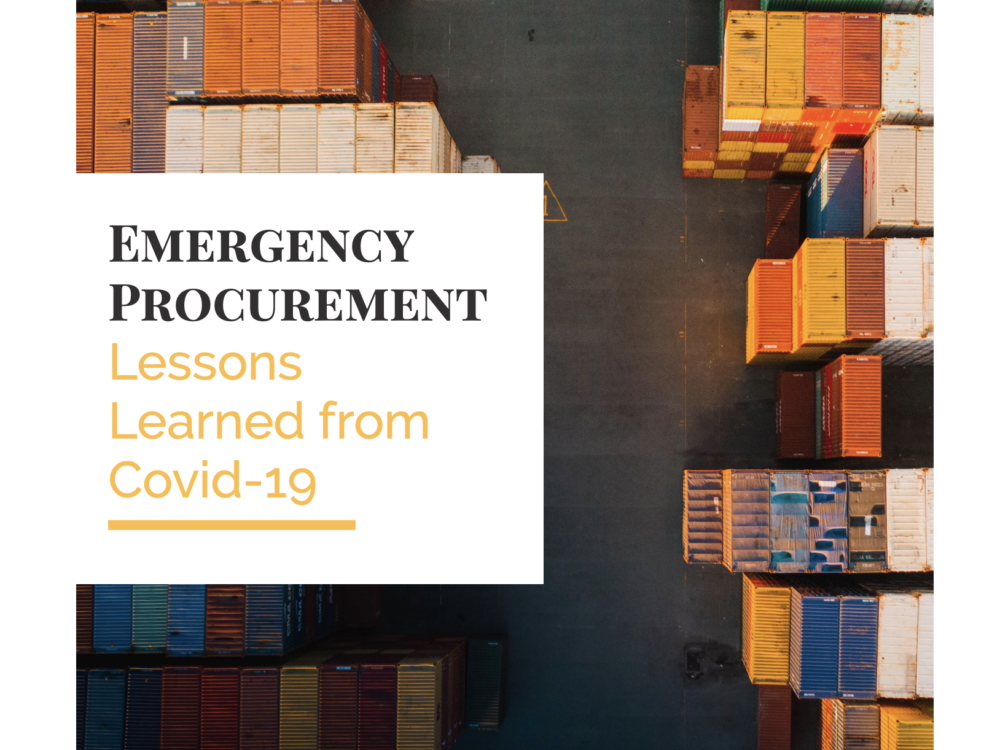Resilience by eDesign: Digital Emergency Procurement
Public procurement may not be the most exciting function of government bureaucracy – but in a global emergency, public spending helps acquire materials to respond to the crisis, and stimulates the economy to assist with post-crisis recovery. The UK Treasury has pledged over £15 billion for PPE procurement, and the US government spent $2.6 billion on Covid-19 response contracts between February and April 2020 alone.
Countries with user-friendly procurement technology were much better suited to ramp up purchasing as prices skyrocketed, exchange rates fluctuated, and distribution channels were interrupted. However, we know that digital technologies are not a panacea for better governance, and the market shocks of the Covid-19 pandemic have made this clear once again. Digital tools such as e-procurement need to be complemented by comprehensive strategies and policies that ensure user needs are met from a more holistic perspective.
In recent months with these digital and policy challenges top-of-mind, DG set out to understand what public procurement policies, contracting mechanisms, and data and digital capabilities were required to procure a rapid and effective emergency response. A holistic view of procurement data, digital, and policy needs during an emergency is captured in the public-facing Emergency Procurement: Lessons Learned from Covid-19 Report and accompanying Indicator Framework.
Today, we are excited to launch the Report and Indicator Framework.
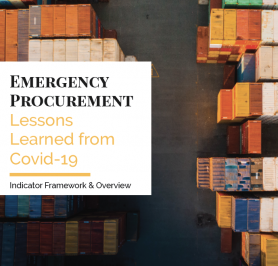
Emergency Procurement Indicator Framework & Overview
Emergency Procurement Indicator Framework & Overview [prompts Excel download]
DG and the Global Digital Marketplace Programme’s Covid-19 Emergency Procurement Collaboration
Development Gateway has been working on a project for the UK Government Digital Service (GDS) Global Digital Marketplace Programme and the Prosperity Fund Global Anti-Corruption Programme, led by the Foreign & Commonwealth Office (FCO), which included the topic of Covid-19 procurement response. This work was completed through a combination of desk research, key informant interviews, and participation in public discussions and forums.
Innovation in Crisis: Creative Solutions to Emergency Procurement
Despite having a federal agency designated to emergency response coordination, the US’s emergency procurement system failed to account for the unprecedented market shocks presented by this pandemic: 1) its global scale, and 2) requirements for social distancing. Without a central purchasing hub or coordinated budget planning, state-level buyers in the United States competed against one another to secure personal protective equipment (PPE) for healthcare workers. Supply chain risk protocols were not in place for local buyers to identify shipping disruptions, meaning city officials in Los Angeles and Boston had to hire private planes to retrieve PPE orders after disruptions to shipping lanes made normal market routes impossible.
Additionally, a majority of worldwide government services and procurement transactions – especially at the state level – are facilitated via face-to-face or paper-based systems. But even without fully-digitized procurement systems, we’ve observed many examples of creative solutions that assist governments in deploying a faster, more equitable pandemic response.
The following is a subset of tools that were launched to help governments navigate the high-risk and volatile Covid-19 market:
| Demand Aggregation Tools | Supply Aggregation Tools | Digital Marketplaces | Open Data Platforms |
|---|---|---|---|
| Colombia expanded its open contracting portal, Colombia Compra Eficiente, to centralize procurement and incorporate a demand aggregation instrument | In South Africa, the state of KwaZulu-Natal created its own Covid-19 Supplier Database for its Public Health Department | Amazon Business created Covid-19 supply store for frontline medical personnel and emergency response organizations | Ecuador developed a public procurement search tool and called on the public to help monitor pandemic procurements for corruption, including a training video with information on how to register and report suspicious activity |
| Malaysian civil society launched kitajagakita.com, a platform which matches people who want to help with people who need help | The UK government launched a webpage where UK businesses could offer coronavirus support | Gov shop is part of the US National Governors Association (NGA) Task Force on the Covid-19 supply chain, and is maintaining
a national registry of “verified” and vetted suppliers |
Moldova launched a Covid-19 procurement dashboard to allow the public to monitor pandemic spending |
In studying these solutions, we made a few key observations:
- Buying smarter and faster in an emergency requires tradeoffs – and procurement data can help governments make more informed purchasing decisions (the next post in this series will explore this in-depth!)
- Some rules preserve integrity, but others hamstring response – can any procurement regulations or contract terms become more flexible in crisis?
- Learning from success or failure can help build more resilient procurement systems – in many ways, Covid-19 can be seen as a “worst case scenario,” and inform priorities for future improvements. Further, although the pandemic is on an unprecedented scale, many user needs and data use cases would hold for any emergency, such as an earthquake.
e-Procurement Is a Means, Not an End
e-Procurement digitizes several phases of the government purchasing process for increased efficiency and time and cost savings, and many public procurement officers are urging their governments to make the shift if they have not already done so.
But it’s important to remember that digitalization in itself is not an end goal. This lesson has been underscored through the experiences of Public Procurement Officers charged with supplying a response to Covid-19. In order for procurement technology to be resilient to market shocks and domestic emergencies, it needs to take a holistic view of user needs.
This post is the first in a 3-part blog series focused on DG’s collaboration with the Global Digital Marketplace Programme. To learn more about how these procurement technologies can be more user-centered, stay tuned for Part 2 on what we learned about digital user needs and data use cases during this emergency.
Related Posts
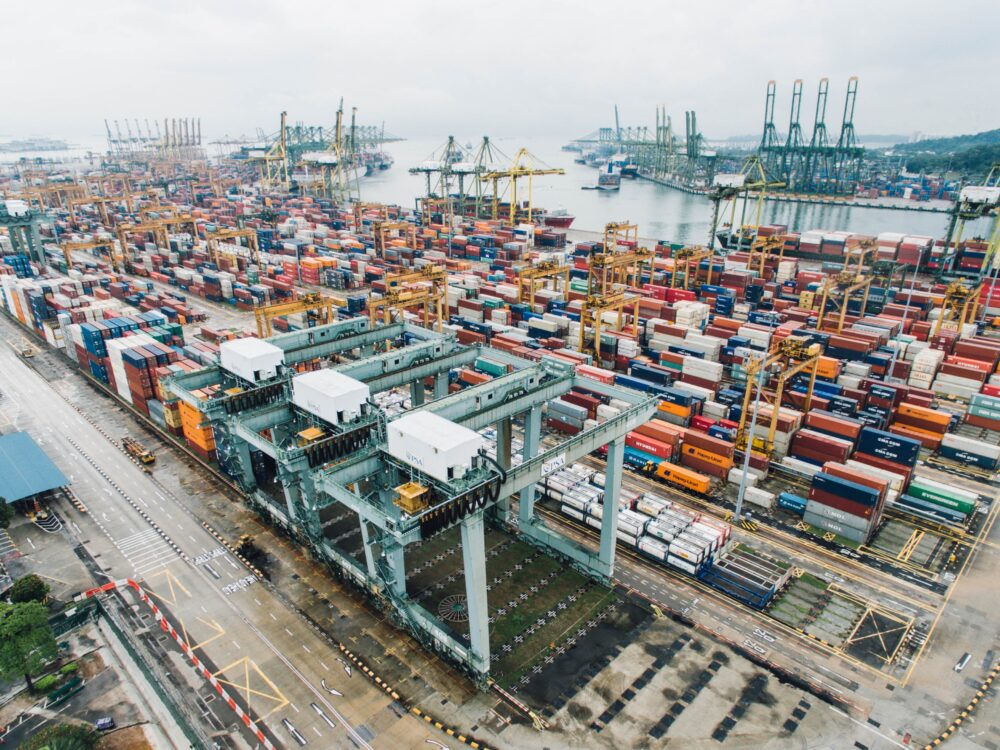
Procurement Data and COVID-19: Buying Smarter in a Crisis
Achieving resilient public procurement goes beyond digitization and automation: data generated through these processes must also be used by government to make smarter decisions – particularly during crisis – and by civil society to hold government accountable for those decisions.
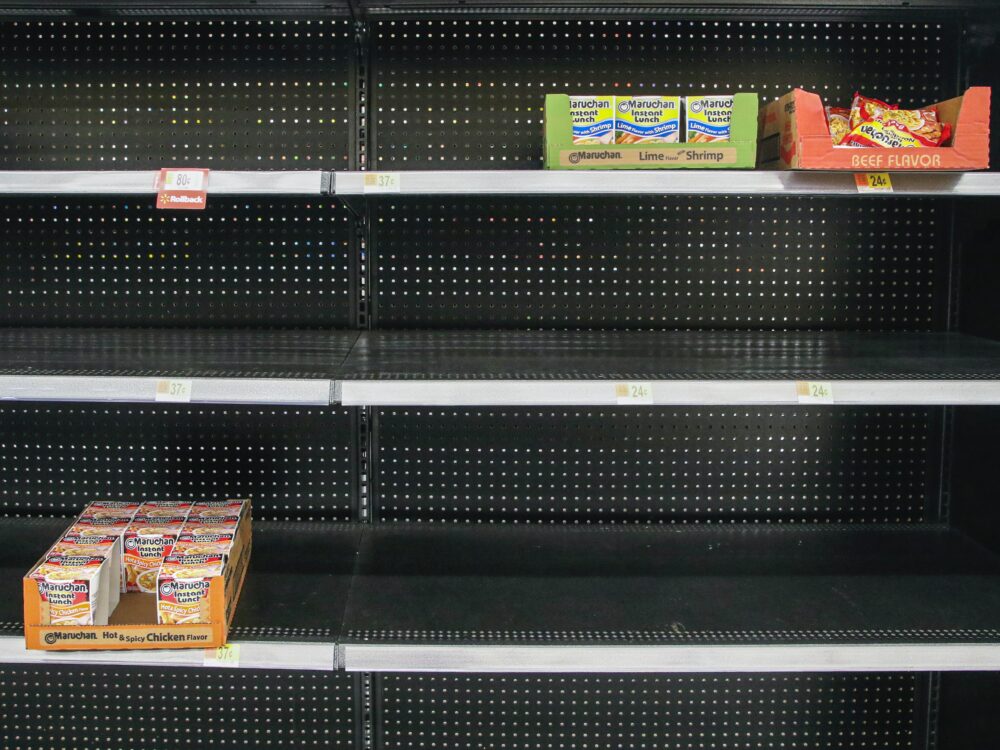
Building Procurement Back, Better
As governments look to “build back better,” we can expect an influx of government spending to stimulate the economy, and a shift in priority goods and services to purchase. While the world transitions from emergency response to recovery, governments’ focus will shift from using technology to procure other products, to procuring technology products themselves.
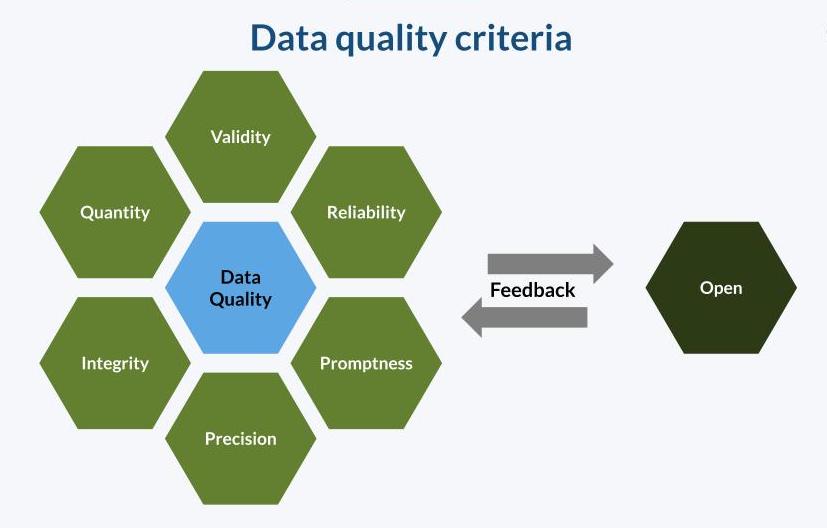
When Covid-19 Confirms the Need for Open Contracting in Senegal
Each year, governments spend trillions of dollars through public procurement of goods and services – without a focus on accountability, much can be lost through waste or corruption. Today, more than ever, transparency in public procurement and Open Contracting is needed in Senegal and around the world as governments respond to and recover from the Covid-19 pandemic.
